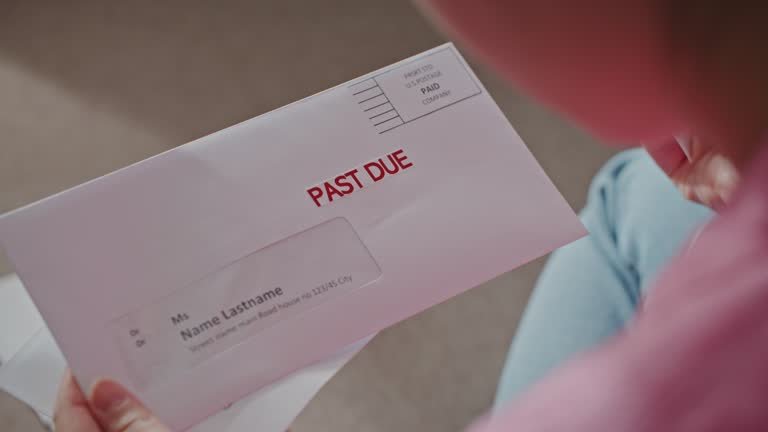
- calendar_month August 7, 2024
- folder Community Engagement
Sharing Tags
Address History, Addressing System, Cultural History, Even Odd Numbers, Global Address Systems, History Of Addresses, JohnHart, JohnHart Real Estate, Modern Addresses, Nathan Derry, Nathan Derry JohnHart, Nathan Derry Realty, Nathan Derry Recommends, Nathan Derry, JohnHart Real Estate, Street Names, Urban Planning

Have you ever wondered about the story behind the numbers and names that define our homes and businesses? Addresses are an essential part of modern life, enabling us to locate destinations with ease. Let's dive into the history and mechanics of addresses and discover how they've evolved over time.
Origins of Addresses
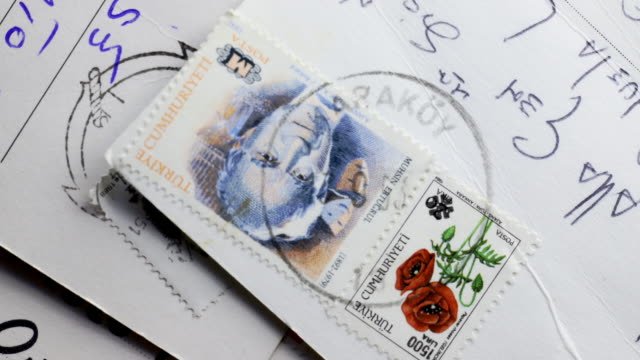
The concept of addresses can be traced back to ancient civilizations:
- Ancient Rome: The Romans divided cities into regions with numbered insulae (blocks). However, this was more for administrative and military purposes than for postal services.
- 18th Century Paris and London: The modern street addressing system began taking shape in 18th-century Paris and London. Paris started numbering houses sequentially, while London introduced street names and numbering to enhance postal services and taxation systems.
Why Numbers, Directions, and Names?

Addresses typically include numbers, street names, and sometimes directional indicators. Here's why these components are used:
- Numbers: House numbers uniquely identify each property on a street. Sequential numbering (1, 2, 3, etc.) or even/odd numbering systems make locating addresses easier.
- Street Names: Street names differentiate one road from another and often reflect local history, notable figures, or geographic features. "Main Street" is a common name in many towns.
- Directions: Directional prefixes or suffixes (e.g., North, South, East, West) help further specify locations, particularly in grid-like city layouts.
Even and Odd Numbers: A Universal Practice?

A common addressing rule is that one side of the street will have even numbers, while the opposite side will have odd numbers. This system aids in quickly identifying and locating addresses. In the United States, it's common to assign even numbers to the north and west sides of streets, and odd numbers to the south and east sides. This helps travelers and mail carriers orient themselves.
However, this system is not universal and can vary:
- United States and Canada: Generally, even numbers are on one side of the street and odd numbers on the other.
- European Cities: Many European cities also follow this system, but there are exceptions and variations depending on local practices.
Addressing Systems Around the World
Different countries have unique addressing systems:
- Japan: Addresses are based on neighborhood blocks rather than streets, making the system unique and sometimes challenging for newcomers.
- Australia: Uses a combination of street names and numbers similar to the U.S. and Europe but may have different local conventions.
Will We Ever Run Out of Addresses?
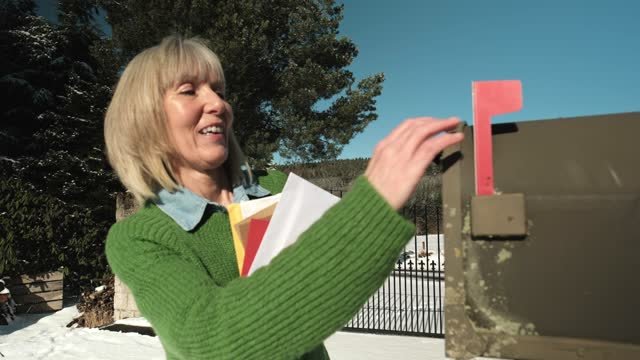
Theoretically, as long as we can keep creating new numbers and street names, we won't run out of addresses. The system's flexibility allows for continuous expansion as cities grow and new properties are developed.
How Are Street Names Chosen?
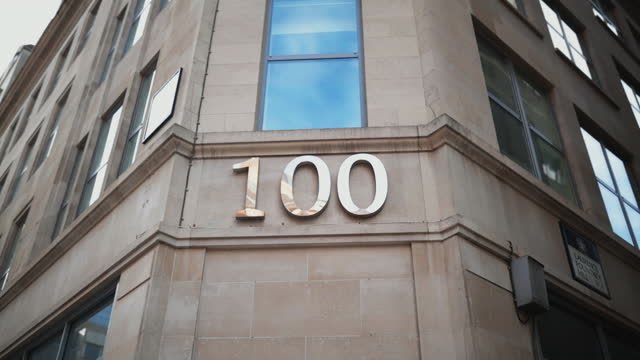
Street names can be inspired by various factors:
- Local History and Geography: Many streets are named after historical figures, local landmarks, or geographic features.
- Cultural References: Some street names reflect cultural or societal influences, including famous personalities or events.
- Municipal Decisions: City planners and councils often have the authority to name streets, sometimes through public consultation or historical research.
Fun Fact: The First Residential Address
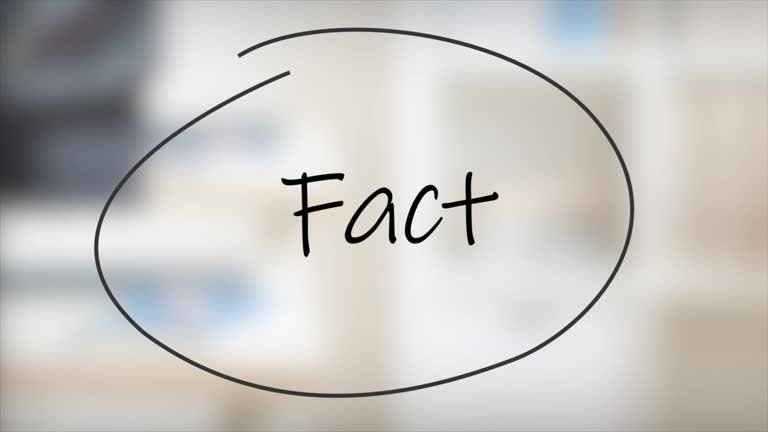
Did you know that the first residential address ever recorded was 1, London Street, London, in the early 18th century? This system quickly caught on, revolutionizing how people navigated cities.
Addresses are more than just numbers and names; they are a reflection of history, culture, and urban planning. The evolution of addressing systems has played a crucial role in organizing our cities and making navigation possible. Whether you're a history buff or just curious about the world around you, the story of addresses offers a fascinating glimpse into the fabric of our daily lives.
All the best,
Nathan Derry
JohnHart Real Estate

📍JohnHart Real Estate
📞(424) 303-0440
📧 nathan@jhagents.com
👨🏽💻 itsnathanderry.com
Interested in seeing a property or one of my off market properties in person? Contact me today! Who you hire matters!!!
Ready to make the best move of your life… let’s chat today!
